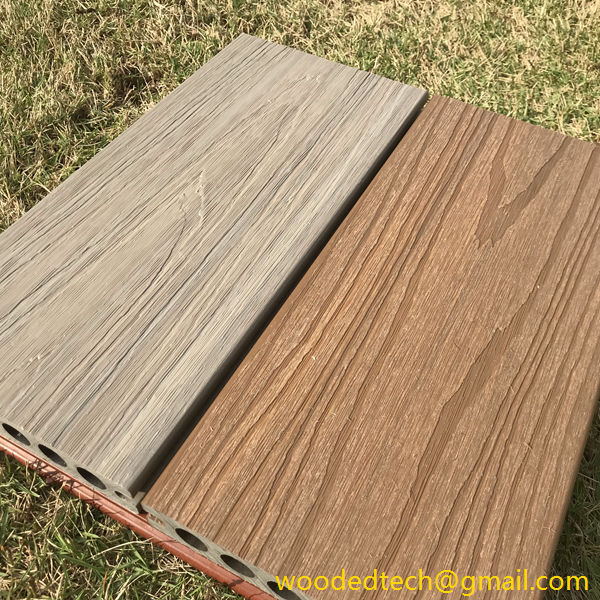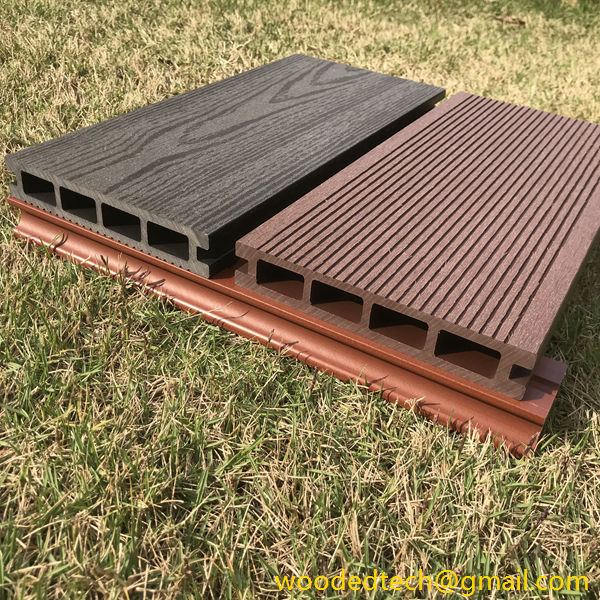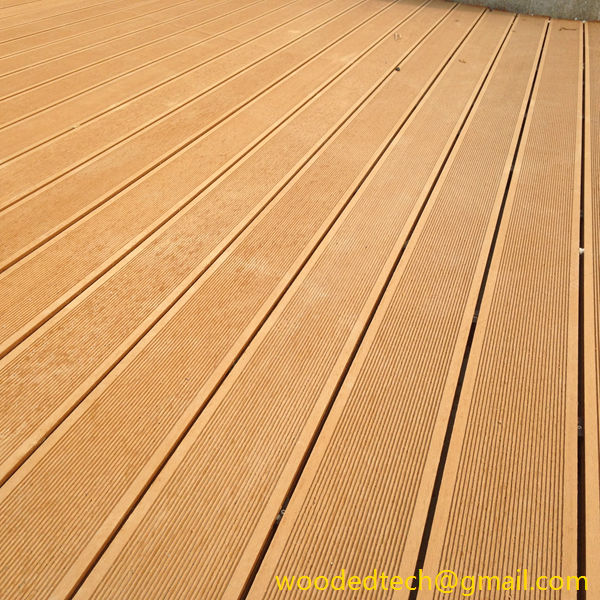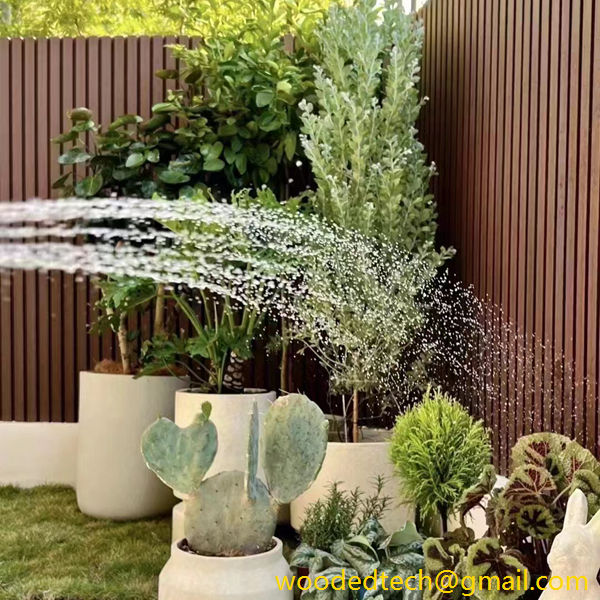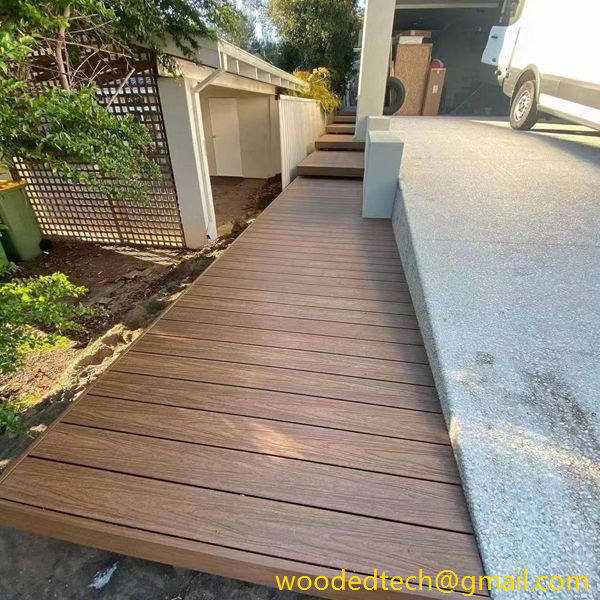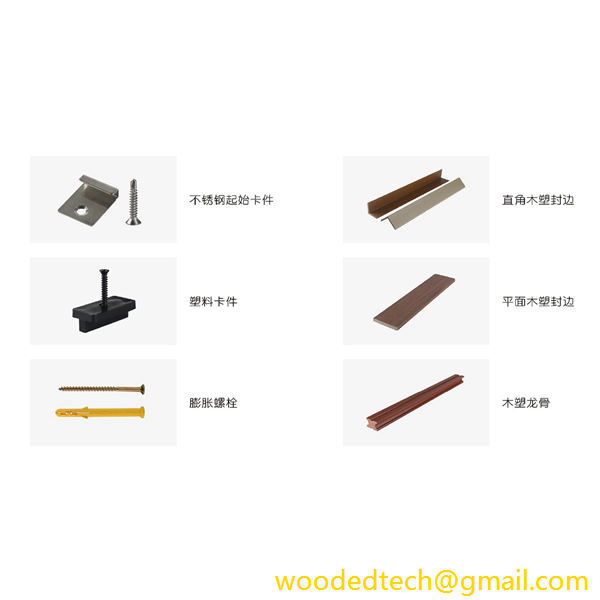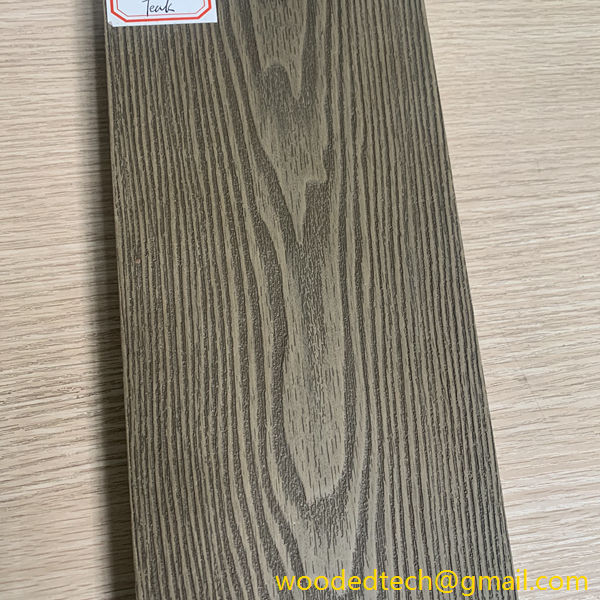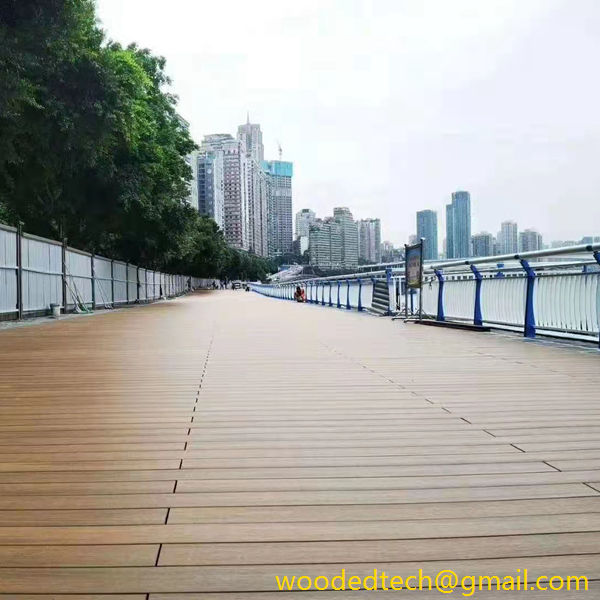Professional Laminate and Wood Flooring Underlay – 7mm for Optimal Support
Professional Laminate and Wood Flooring Underlay – 7mm for Optimal Support When it comes to flooring solutions, laminate and wood floors are among the most popular choices for both residential and commercial spaces. These flooring types offer aesthetic appeal, durability, and ease of maintenance. However, the performance and longevity of laminate and wood floors can…
Professional Laminate and Wood Flooring Underlay – 7mm for Optimal Support
When it comes to flooring solutions, laminate and wood floors are among the most popular choices for both residential and commercial spaces. These flooring types offer aesthetic appeal, durability, and ease of maintenance. However, the performance and longevity of laminate and wood floors can be significantly enhanced with the right underlay. Among the various options available, a 7mm underlay stands out due to its optimal support and versatility. Understanding the global distribution of production capacity for such underlays is crucial for manufacturers, suppliers, and consumers alike.
Underlay serves as a crucial component in flooring systems, providing several benefits that enhance the overall performance of laminate and wood floors. A well-chosen underlay can reduce noise levels, provide thermal insulation, and even improve the feeling of comfort underfoot. Additionally, it can serve as a moisture barrier, protecting the flooring material from potential damage due to humidity.
A 7mm underlay strikes a perfect balance between thickness and functionality. While thicker underlays can provide additional cushioning, they may also lead to instability or improper floor movement. Conversely, underlays that are too thin may not offer adequate support, leading to increased wear and tear on the flooring surface. Therefore, the 7mm thickness is often regarded as optimal, providing sufficient support while maintaining the integrity of the flooring material.
The production capacity of flooring underlays varies significantly across different regions of the world. This distribution is influenced by several factors, including the availability of raw materials, technological advancements, labor costs, and market demand.
In recent years, Asia-Pacific has emerged as a dominant player in the production of laminate and wood flooring underlays. Countries like China, Vietnam, and India have invested heavily in manufacturing capabilities, benefiting from lower labor costs and a large pool of skilled workers. China, in particular, has become a global manufacturing hub, producing a significant portion of the world’s flooring underlays. The country’s well-established supply chains and access to raw materials make it an attractive location for manufacturers.
Europe also plays a critical role in the production of flooring underlays, particularly in countries like Germany, France, and Italy. European manufacturers are known for their commitment to quality and innovation. They often focus on producing eco-friendly and sustainable products to meet the growing consumer demand for environmentally responsible flooring solutions. Additionally, European companies tend to invest in advanced manufacturing technologies, ensuring that their products meet stringent quality standards.
North America, while not as dominant in the production of underlays, has a well-established market driven by both local manufacturing and imports. The United States and Canada have seen a rise in demand for high-quality underlays due to the booming construction and renovation industries. Local manufacturers often emphasize the importance of using sustainable materials and environmentally friendly production processes. This trend has led to increased collaboration between manufacturers and suppliers to ensure that products meet the unique needs of the North American market.
Several key market trends are influencing the global production capacity of laminate and wood flooring underlays. One significant trend is the increasing demand for sustainable and eco-friendly products. As consumers become more environmentally conscious, they are seeking flooring solutions that are not only aesthetically pleasing but also sustainable. Manufacturers are responding to this demand by developing underlays made from recycled materials or those that can be recycled at the end of their life cycle.
Another trend is the rise of urbanization and the growth of the construction industry in emerging markets. As cities expand and populations increase, there is a growing need for residential and commercial spaces. This boom in construction drives demand for high-quality flooring solutions, including laminate and wood flooring underlays. Manufacturers in regions like Asia-Pacific are well-positioned to capitalize on this trend due to their established production capabilities and cost advantages.
Technological advancements are also shaping the production landscape. Innovations in manufacturing processes have enabled companies to produce underlays that are lighter, more durable, and offer enhanced performance characteristics. For instance, the development of advanced foam materials has led to underlays that provide superior sound insulation and thermal resistance, making them increasingly appealing to both consumers and contractors.
In conclusion, the global distribution of production capacity for professional laminate and wood flooring underlays is influenced by various factors, including regional manufacturing strengths, market demand, and technological advancements. The 7mm underlay is emerging as a preferred choice for many due to its optimal support characteristics, making it an essential component in flooring systems. As the demand for sustainable and high-performance flooring solutions continues to rise, manufacturers worldwide will need to adapt and innovate to meet these evolving consumer needs. Understanding the dynamics of production capacity distribution is crucial for stakeholders in the flooring industry, ensuring they remain competitive in a rapidly changing market.

